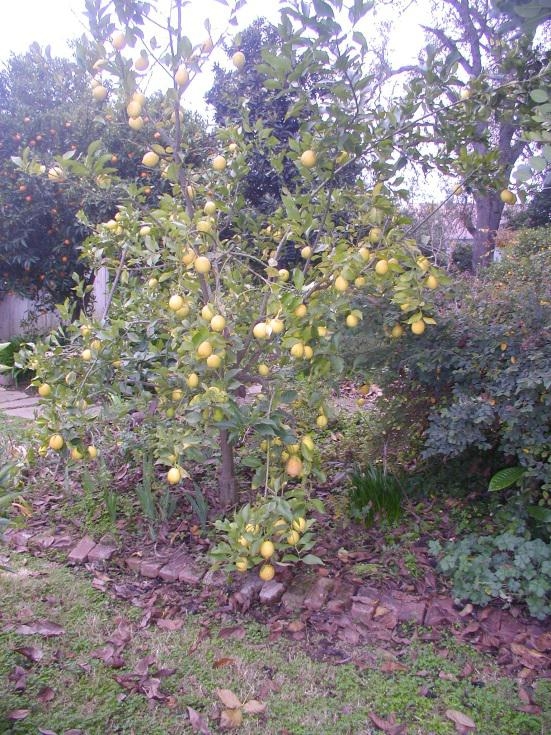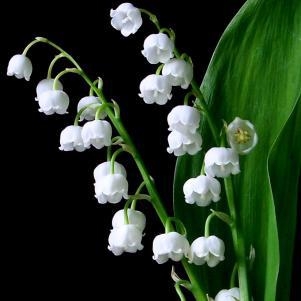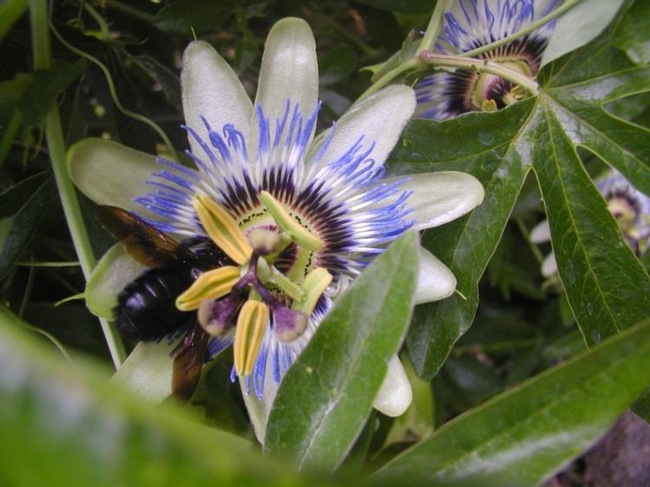

Perennial: Lily-of-the-valley (Convallaria majalis) is a plant of partial shade and thrives in warm summers. It grows from a bulb, but the seeds and rhizomes can cause it to spread far if conditions are favorable. It likes soils that are silty or sandy, and moderately alkaline, preferably with an ample amount of humus. It is widely grown for its small, bell shaped, scented white flowers and ground-covering abilities in shady locations. It has gained the Royal Horticultural Society's Award of Garden Merit. All parts of the plant are highly poisonous so beware if you have curious kids. If ingested, even in small amounts, the plant can cause abdominal pain, vomiting, reduced heart rate, blurred vision, drowsiness, and red skin rashes according to Wikipedia which lists the toxic chemicals contained in this plant. However, the plant is very fragrant and it has been used in bridal bouquets of the rich and famous. For more information see: https://en.wikipedia.org/wiki/Lily_of_the_valley

Vine: Blue passion flower or common passion flower (Passiflora caerulea). There are about 400 species of Passion vine; some are used for food and some for flowers only. The flowers are attractive and very unusual. Passion vine is the unique food source for Gulf Fritillary (Agraulis vanillae) butterfly larvae and it is a nice plant to have if you have room and love butterflies and bees. For more information on Gulf Fritillary in California see: https://ucanr.edu/blogs/blogcore/postdetail.cfm?postnum=30667, I planted two of them at my old homestead to shade a patio area for my wife's studio. I bought them in 4 inch pots moved them to 5 gallon pots and then planted them the following year. They covered the patio a year later and my wife ended up disliking this plant so do be careful where you plant this aggressive growing plant. In my new home my neighbor has several plants next door and I have to police my yard to remove seedlings that pop up although I have trained one plant to a small trellis since I enjoy the butterflies, bees and blossoms. I have to prune it frequently to keep it confined to a small trellis.